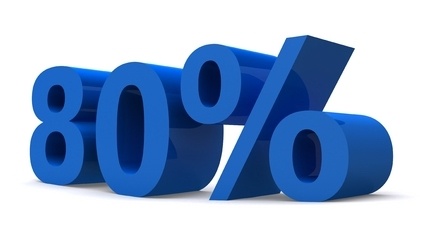5 Examples of Low-Cost Value-Adding Features
 PriceBeam
·
2 minute read
PriceBeam
·
2 minute read

At PriceBeam, we help firms set a price that is aligned with what customers are willing to pay. We consistently find value-based pricing to be a superior pricing strategy for most firms, and so, for these firms to increase profits (given they use a value-based pricing strategy), they must increase the willingness to pay of their customers.
Some increase can be achieved through marketing and sales, but the product or service still plays a key role in determining willingness to pay. It seems logical as the product/service is the intrinsic value of what the customer buys, but the conclusion drawn from this is often wrong: that in order to increase the value of the product to the customer, you must invest heavily in product development. Therefore, we have compiled a list of examples of minor product tweaks that adds a huge amount of value, without heavily affecting cost. The examples are very specific, but the main goal is to show that adding value doesn’t necessarily require investing a proportionate amount; it really is about understanding your customers.
#1: Adding Ice Cubes to Drinks
Imagine going to a café, ordering a Coke: you can get one at $2 that hasn’t been refrigerated, or one at $3 that has. Which do you choose?
Adding ice cubes to drinks only comes with a negligible cost, but the value added to the customer is much, much higher.
#2: Adding Lids to To-Go Coffee
Those plastic lids that they put on your to-go coffee really don’t cost a lot to manufacture. But imagine all the trouble you’re avoiding because it is there. Now, you probably wouldn’t pay for the lid as it’s expected nowadays, but imagine if you went to a coffee shop and got the coffee without one -- the chances you would return would be infinitely smaller, right?
#3: Disclosing Nutritional Values of Food
Some restaurants and fastfood chain have incredibly detailed descriptions of the nutritional values that are in their food. While providing this information requires a modest upfront investment, it is still a great example of how a restaurants can increase the willingness to pay of some people tremendously with a small investment; some fitness-nuts simply won’t eat places where they don’t know exactly what they’re eating (for tracking purposes), and not providing detailed information can be an absolute deal-breaker to many.
#4: Losing the Tie at The Ritz-Carlton
In order to address the fierce competition from Four Seasons, The Ritz-Carlton hired consultants to research markets around the world, and uncover reasons behind low customer satisfaction. It should be noted that The Ritz-Carlton performed very well everywhere, but some locations did better than others.
It was found that one main reason behind slightly negative reviews was that the staff were perceived as being too formal in their demeanor -- the solution? The managers at these locations stopped wearing ties. The result? Customer satisfaction went up.
#5: Writing Names on Coffee
Starbucks famously writes your name (or something close to it at least) on coffee cups. Of course, it is for operational reasons, but in fact, there is a much deeper reason: we people love our own name. Dale Carnegie devoted an entire chapter to this in his best-selling book How to Win Friends and Influence People, where he explored the positive effects mentioning someone’s name has, and how important it was to continuously do so. Starbucks clearly embraces this philosophy and by spending a couple of seconds writing your name on the cup, they add great value to their brand as the global, local coffee shop.
In Conclusion
As mentioned above, these examples are very specific, but they all evolve around the common theme that adding value to your product doesn’t have to come with a huge investment. Be smart, and understand your customers.
.png?width=400&height=100&name=PBLogoTransparent%20(1).png)



